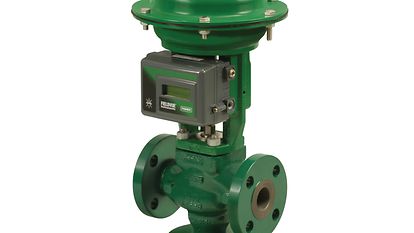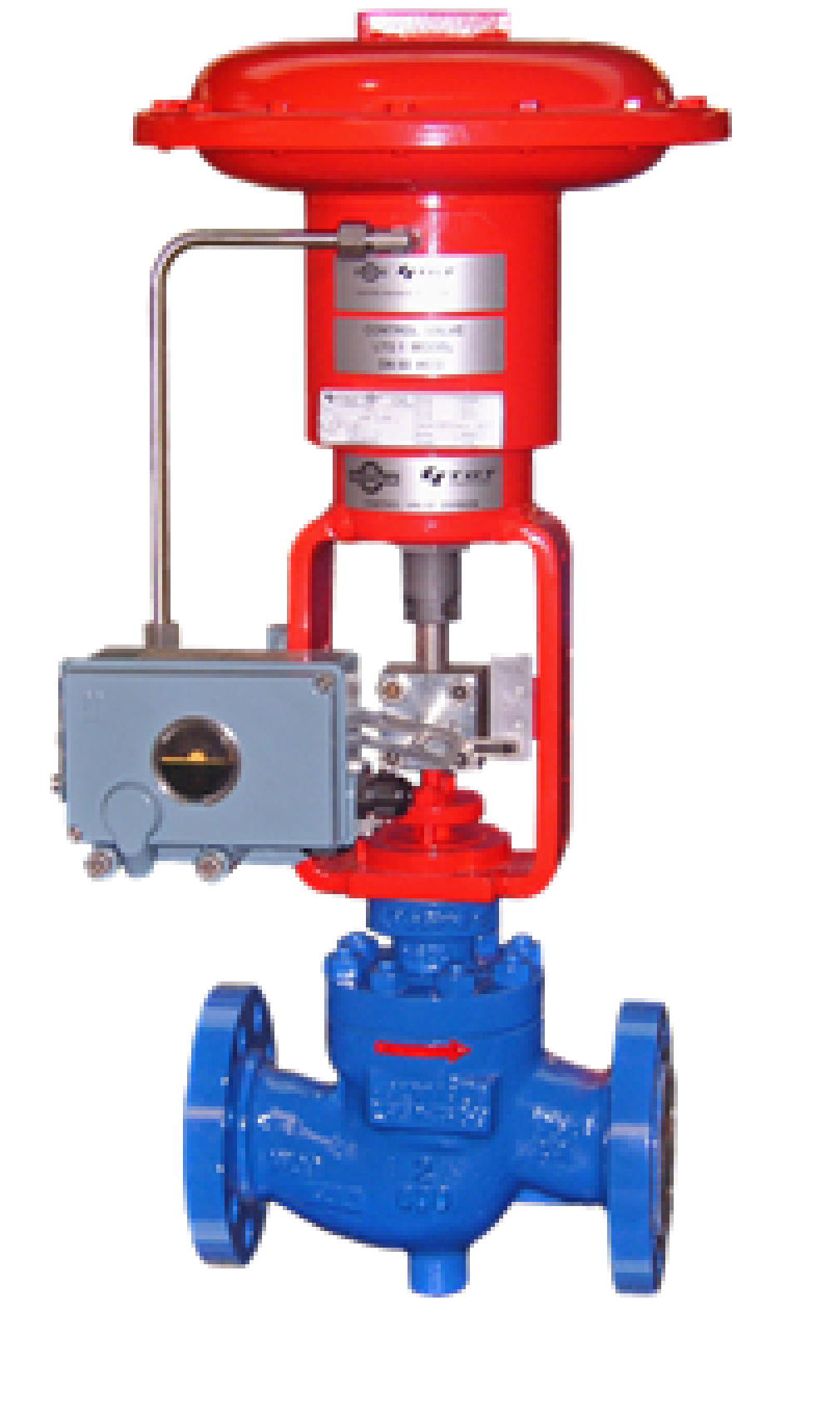Reliable Control Valves: Secret Components for Reliable System Administration
Reliable Control Valves: Secret Components for Reliable System Administration
Blog Article

Maximize Energy Cost Savings and Convenience With Advanced Structure Automation Controls
In the realm of modern-day style and center management, the assimilation of advanced structure automation manages stands as an essential development. By using the power of automation, buildings can adjust, respond, and evolve in means that were as soon as inconceivable.
Power Effectiveness Conveniences
Energy effectiveness advantages can considerably reduce power intake and functional costs in buildings. By applying energy-efficient practices and technologies, building owners and drivers can attain significant savings while also adding to ecological sustainability. Among the key advantages of improving energy performance in structures is the reduction of utility bills. Energy-efficient systems, such as sophisticated structure automation controls, can optimize using sources like cooling, home heating, and lights, leading to lower power expenses over time.
Moreover, boosted energy effectiveness can prolong the life expectancy of building equipment and systems. By operating more successfully, HVAC systems, light, and other structure elements experience less damage, leading to reduced maintenance and substitute expenses. Additionally, energy-efficient structures commonly command greater building worths and rental prices, supplying long-term economic benefits to proprietors.
Additionally, power effectiveness can boost resident convenience and productivity. Appropriately regulated interior settings with ideal lights and thermal conditions produce an even more pleasurable and helpful office, resulting in boosted worker complete satisfaction and efficiency. In general, the power effectiveness advantages linked with sophisticated building automation controls are multifaceted, incorporating cost financial savings, ecological stewardship, and passenger well-being.
Enhanced Convenience Control
Enhancing convenience control in structure atmospheres needs a sophisticated integration of innovative automation systems for ideal owner health. By utilizing advanced building automation controls, facilities can tailor the interior atmosphere to fulfill the certain demands and choices of residents. These systems allow exact policy of temperature, ventilation, and illumination, developing a effective and comfy atmosphere. Resident satisfaction and efficiency are very closely connected to thermal comfort, making it important to have systems in area that can adapt to altering conditions in real-time.
Improved comfort control goes past standard temperature level adjustments. It includes features such as individualized setups, tenancy sensors, and all-natural light application to create a receptive and dynamic atmosphere. By incorporating these sophisticated controls, buildings can not just boost convenience but also improve energy performance by maximizing system operations based upon real occupancy and use patterns. Ultimately, prioritizing passenger comfort with advanced automation systems brings about a much more enjoyable and healthier interior environment.
Functional Performance Improvements

Additionally, the implementation of real-time surveillance and analytics tools makes it possible for building operators to recognize energy inefficiencies and functional abnormalities promptly. By continually checking energy usage patterns and system efficiency metrics, adjustments can be made in real-time to maximize energy usage and make certain peak operational effectiveness. control valves. In addition, incorporating demand best site reaction approaches into structure automation controls can even more boost operational effectiveness by dynamically readjusting energy use based on grid problems and pricing signals
Indoor Environment Optimization
Efficient interior climate optimization is a basic aspect of structure automation controls, making certain passengers' comfort and health while optimizing energy financial savings. By utilizing innovative sensing units and controls, building automation systems can continuously check and adjust temperature level, humidity levels, air high quality, and air flow to create an optimum interior atmosphere. Keeping constant and comfortable problems not just improves resident complete satisfaction but also enhances productivity and total well-being.
Interior environment optimization likewise plays a vital duty in energy efficiency. By fine-tuning cooling, heating, and air flow systems based upon real-time data and occupancy patterns, building automation controls can significantly reduce power usage - control valves. Executing strategies such as demand-controlled air flow and thermal zoning can help lessen energy waste while making sure that each area of the structure receives the needed conditioning.

Sustainable Setting Production
Structure automation manages not only enhance indoor environment problems for power effectiveness and resident comfort yet also lay the foundation for developing a lasting atmosphere through strategic monitoring of systems and resources. By integrating innovative structure automation innovations, such as sensors, actuators, and smart software program, facilities can change and keep track of energy use in real-time to lessen waste and decrease their carbon impact. These systems allow predictive upkeep, determining potential problems prior to Discover More Here they intensify and optimizing tools performance to enhance long life and performance.
Additionally, sustainable atmosphere creation expands beyond power administration to encompass water preservation, waste reduction, and interior air quality enhancement. Building automation controls can control water usage, find leaks, and make certain appropriate waste disposal methods, contributing to general sustainability initiatives. In addition, by keeping track of and controlling air flow and purification systems, these innovations enhance owner health and wellness and performance while lowering energy consumption connected with heating and cooling procedures.
Conclusion
Finally, advanced structure automation controls offer significant benefits in regards to power cost savings, convenience control, operational effectiveness, interior climate optimization, and developing a sustainable setting. By carrying out these controls, structures can accomplish optimum performance while decreasing power usage and boosting passenger convenience. It appears that the usage of advanced automation technology is essential in improving building efficiency and producing a much more lasting future.
Power performance advantages can significantly reduce energy consumption and operational costs in buildings. Overall, the energy efficiency benefits associated with advanced building automation controls are diverse, including expense financial savings, visit this website ecological stewardship, and occupant well-being.
Furthermore, integrating demand feedback methods into building automation controls can better improve operational performance by dynamically readjusting energy use based on grid problems and pricing signals.
Structure automation manages not only maximize indoor climate problems for energy performance and passenger comfort yet likewise lay the foundation for developing a sustainable environment with tactical monitoring of resources and systems.In final thought, advanced structure automation controls deal significant advantages in terms of energy financial savings, comfort control, functional effectiveness, interior climate optimization, and creating a lasting atmosphere.
Report this page